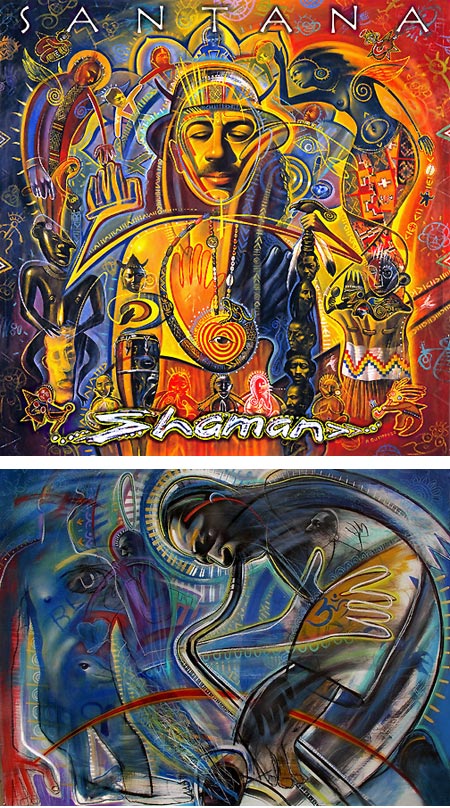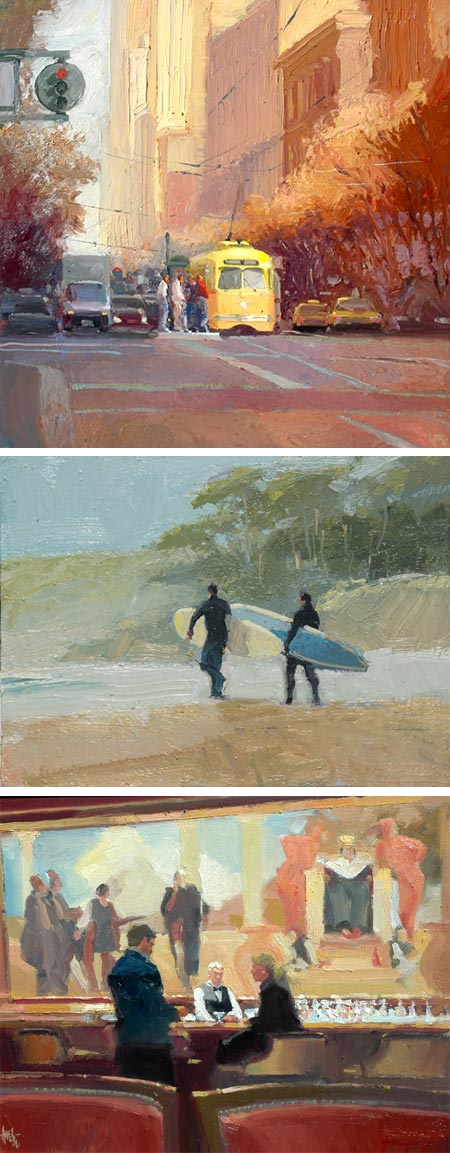
The golden ratio, alternately known as the golden mean or the golden section, and often represented by the greek letter φ (phi); along with its relatives the golden rectangle, the golden spiral (a special type of logarithmic spiral) and the Fibonnacci sequence of numbers; are all associated with that shimmering twilight zone where mathematics, geometry, natural forms and the human perception of beauty mix, merge, shift and flow into, through and around one another.
So do the images in Christóbal Vila’s animated ode to these and similar concepts, Nature by Numbers.
This is a short (4 minute) animated movie in which Vila visually displays and explores some of these relationships. It starts with the Fibonnacci numbers, a sequence that starts with 0 and 1 (or two ones) and in which each subsequent number is the sum of the preceding two, goes on to construct a Fibonacci spiral consisting of golden rectangles, and builds out from there.
The golden section has long been associated with architecture and art, and has been called “the divine proportion“. This is one of the more poetic visual demonstrations of the concept that I’ve seen.
[Via BoingBoing]




